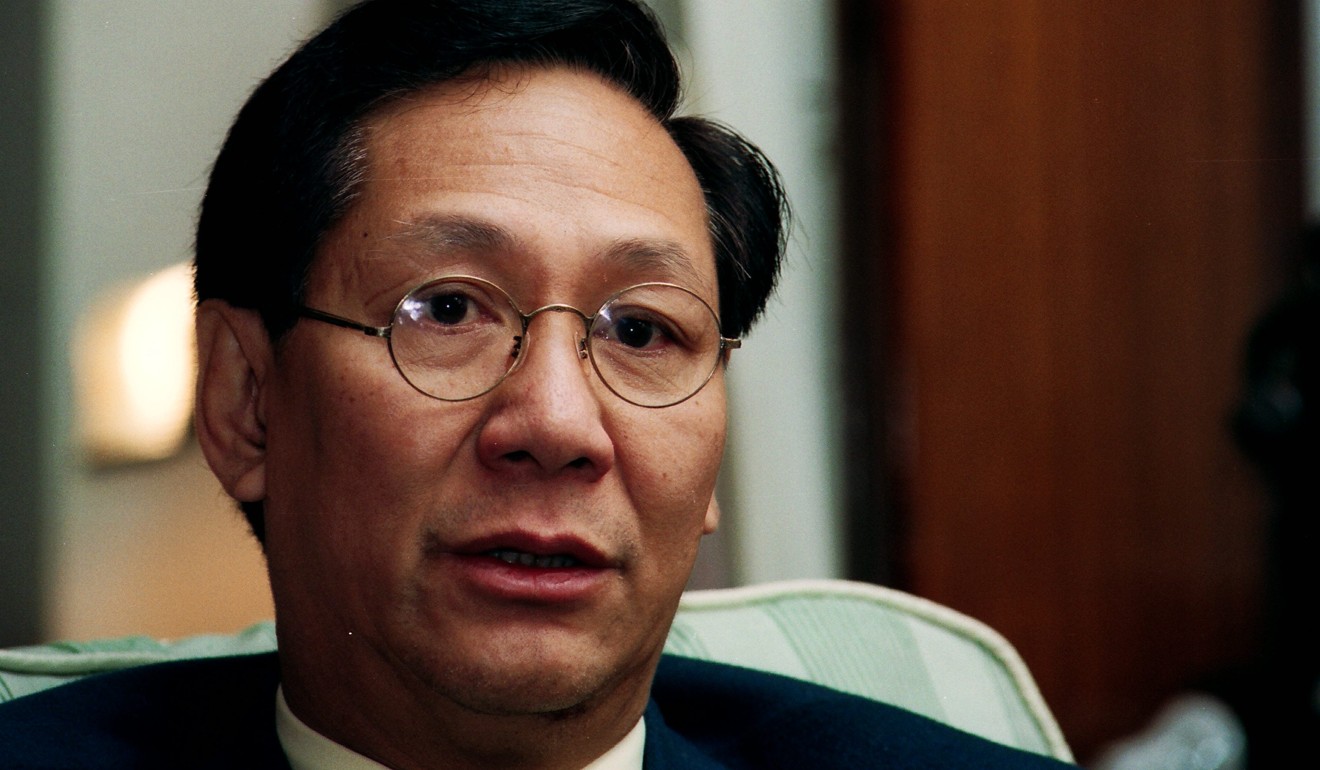The Village Voice, a New York Icon, Closes

The storied independent publication, which made its debut in 1955, dropped its print edition in 2015 and has not had an editor since May. Credit CreditMark Lennihan/Associated Press
By Tyler Pager and Jaclyn Peiser
Aug. 31, 2018
When Peter D. Barbey bought The Village Voice in 2015, he vowed to invest in the storied alternative weekly, saying it would “survive and prosper.” But last August he shuttered the print edition, and on Friday he closed the operation altogether.
The end of the left-leaning independent publication was an anticlimax, given the many empty red plastic Village Voice boxes that have been scattered like debris across the sidewalks of Manhattan in recent years.
“This is a sad day for The Village Voice and for millions of readers,” Mr. Barbey said. “The Voice has been a key element of New York City journalism and is read around the world. As the first modern alternative newspaper, it literally defined a new genre of publishing.”
Staff members said they were not surprised that the end had come. The paper’s last editor in chief, Stephen Mooallem — the third top editor to serve under Mr. Barbey during his three-year tenure as owner — left in May and was not replaced.
Some staff members will stay on to make the paper’s print archive digitally accessible; the rest will be out of a job at a time when the local news industry finds itself in crisis.
Tom Robbins, a former longtime investigative journalist at The Voice, said, “It’s astonishing that this is happening in New York, the biggest media town in America.”
Now on the faculty at the Craig Newmark Graduate School of Journalism at the City University of New York, Mr. Robbins added, “I think it really helped so many people sort of figure out everything they wanted to know, from where to find an apartment to what show to see to what scandal they wanted to dig into.”
The Voice was founded as a nickel weekly in 1955 by three New Yorkers, Dan Wolf, Edwin Fancher and Norman Mailer. They assembled a crew of writers who engaged readers with their wit and provoked them with their penchant for argument. Later owners included Rupert Murdoch and the pet-food magnate Leonard Stern.
The paper gave a start to the theater critic Hilton Als and the novelist Colson Whitehead, both recipients of the Pulitzer Prize. Its resident muckraker, Wayne Barrett, took aim at New York developers and politicians for nearly 40 years, and his obsessive work on Donald J. Trump has become a resource for reporters covering the president today.
It gave a home to the investigative reporters Jack Newfield and James Ridgeway, and the music critics Lester Bangs, Robert Christgau, Ellen Willis and Greg Tate. Nat Hentoff focused on jazz and First Amendment issues from 1958 to 2009, and the nightcrawling columnist Michael Musto wrote on celebrities, drag queens and club kids, with wisecracks thrown in, for more than 30 years.
Steven Wishnia, who has freelanced for The Voice on and off since 1994, said he stayed up until midnight on Thursday, putting the final touches on an article about the return of residents to their building on the Bowery after they were ordered to vacate it because of safety hazards. On Friday, Mr. Wishnia received a link to his article along with a note from his editor, Neil DeMause.
“So the good news is that you have the honor of having written the last news article ever for The Village Voice,” Mr. DeMause wrote. “The bad news is also the good news.”
Mr. Barbey is an heir to a Pennsylvania retail fortune. With a net worth estimated at more than $6 billion by Forbes, the Barbey family has a stake in brands like North Face, Wrangler and Timberland. For generations the family has also owned The Reading Eagle, a Pennsylvania daily newspaper. Mr. Barbey has been its chief executive since 2011.
He first read The Voice as a boarding school student in Massachusetts and was drawn to its coverage of the mid-1970s New York rock scene and the film criticism of Andrew Sarris. On Friday he became the media mogul who was shutting it down.
“I began my involvement with The Voice intending to ensure its future,” Mr. Barbey said in the statement. “While this is not the outcome I’d hoped for and worked towards, a fully digitized Voice archive will offer coming generations a chance to experience for themselves what is clearly one of this city’s and this country’s social and cultural treasures.”
The death of The Voice occurred in a bleak economic climate for local journalism. Print circulation has plummeted for two surviving New York tabloids, The New York Post and The Daily News. In July, Tronc, the owner of The News, laid off half the paper’s editorial staff, which had already been severely reduced.
Turning a profit in the digital realm is a code not many news organizations have cracked. DNAinfo and Gothamist, two news sites in New York, were shut down last year by their owner, Joe Ricketts, the billionaire founder of TD Ameritrade. Gothamist has since re-emerged under new ownership. On Friday, it broke the news of The Voice’s closing.
The film critic Bilge Ebiri said that Voice staff members were not anticipating Mr. Barbey’s announcement, but were “prepared for the worst” after his decision to eliminate the print publication.
Mr. DeMause, who wrote for the paper for 20 years before becoming one of its top editors two years ago, said, “I’m deeply saddened as a consumer of media and a little bit scared as a New Yorker and an American that we are losing all these journalism outlets at a time when we need them more than ever.”
Before Craigslist and other online services shoved printed classified ads into irrelevance, The Voice was thick with apartment listings that helped fund the work of its argumentative reporters and editors. For years, the weekly’s pages also included advertising for phone-sex and escort services, a practice that came to an end under Mr. Barbey.
Mr. Musto said The Voice was unique in the latitude it allowed its writers. “Each writer was given their beat and allowed to run with it and inject their personal style in every syllable,” he said.
Hired in 1984 and laid off in 2013, Mr. Musto returned when Mr. Barbey took over in 2015. He said he still felt the freedom he knew from the days when he was starting out.
“We can’t afford to lose an important media outlet,” Mr. Musto said. “It does leave a hole, but on the bright side, this sort of idiosyncratic rebellious spirit of The Voice has been subsumed, in a way, by the mainstream. It’s sort of everywhere.”







 Reply With Quote
Reply With Quote














